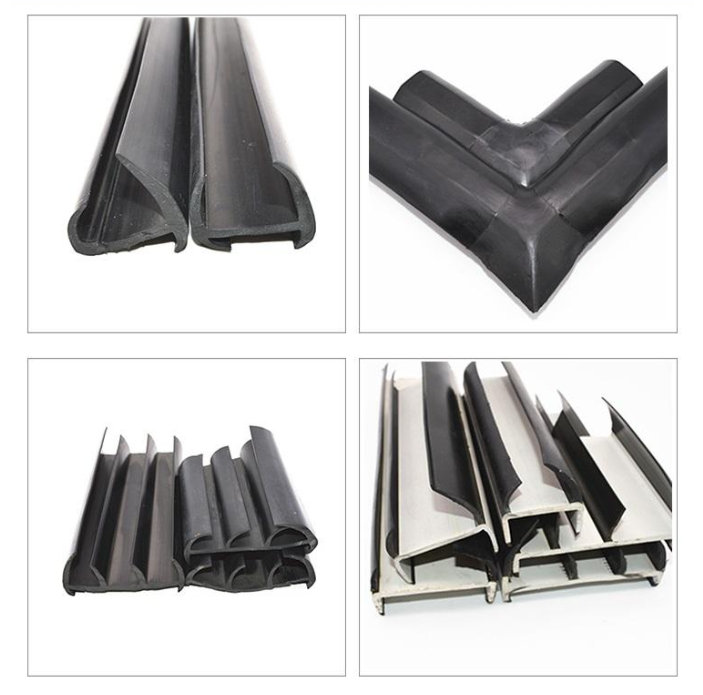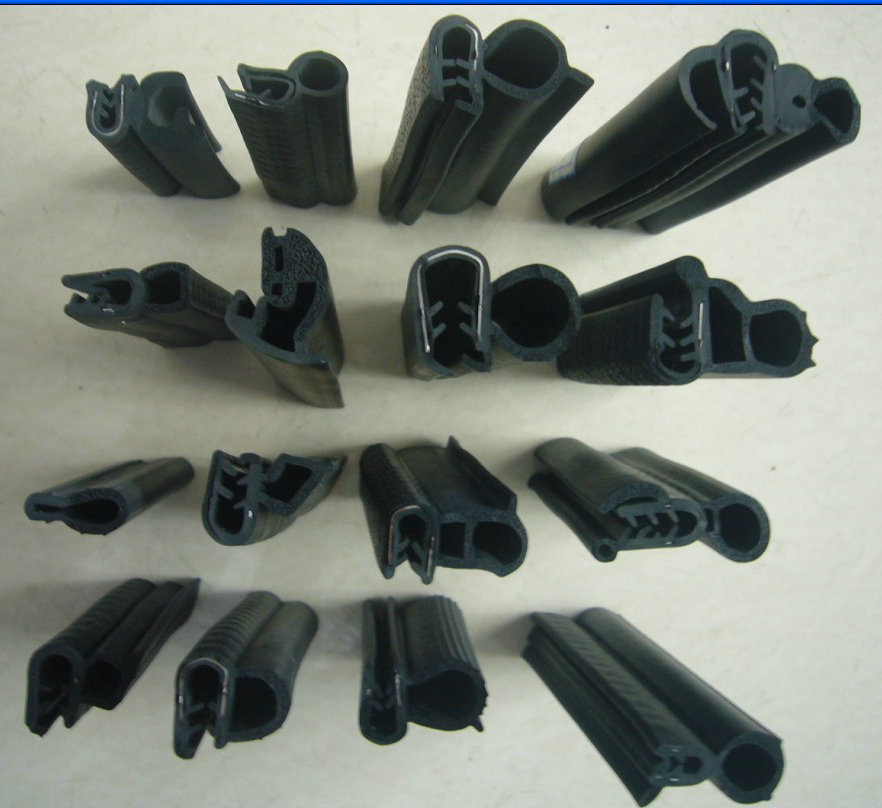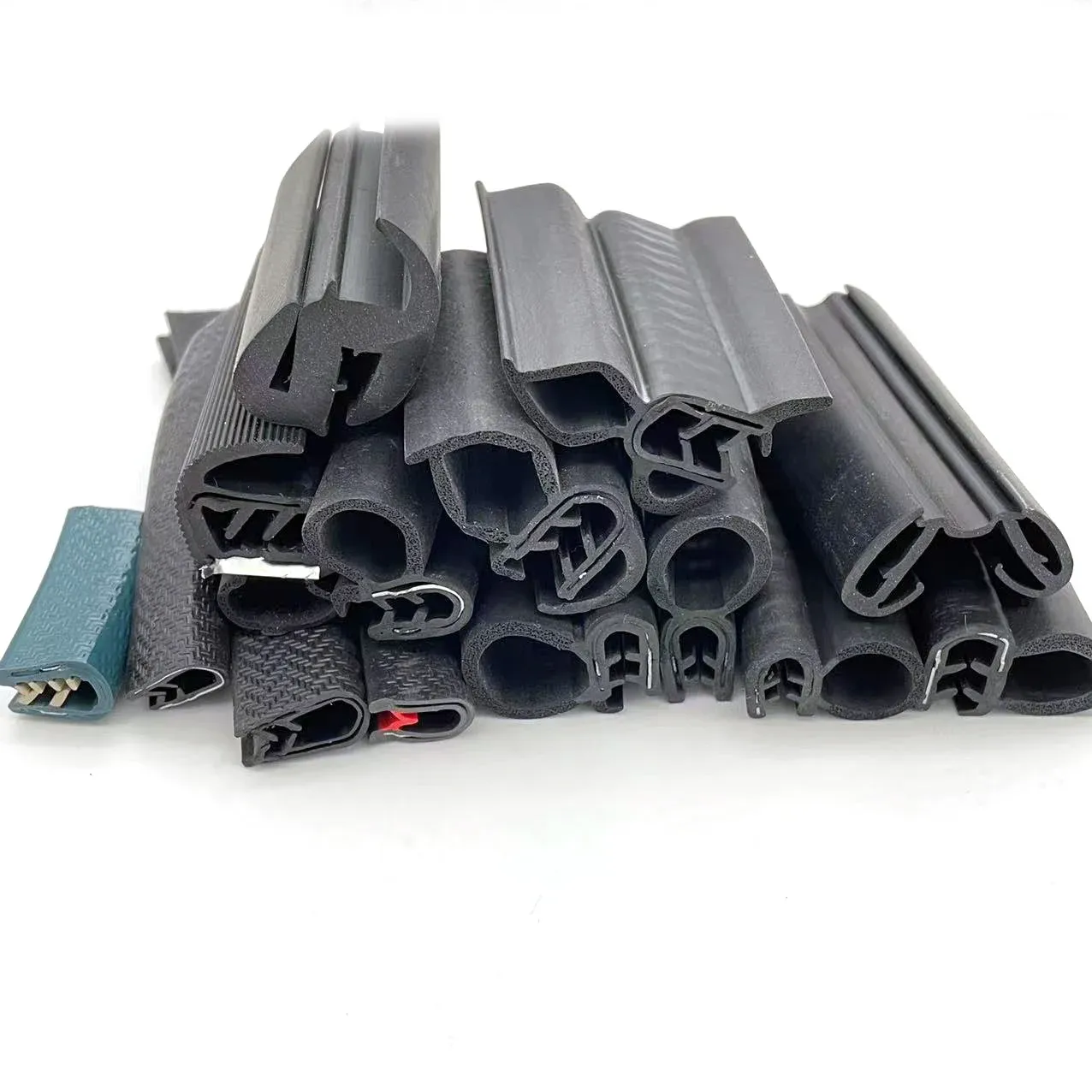CONTAINER SEALING STRIP INSTALLATION METHOD
With the increased demand for secure and efficient cargo transportation, innovative methods for installing container sealing strips have emerged that promise to revolutionize the industry. As the volume of global shipping continues to escalate, the integrity and security of shipping containers have become paramount to ensure that goods reach their destinations in optimal condition. The latest advancements in sealing strip technology focus on enhancing both durability and reliability, offering shippers more robust solutions to protect their cargo. One highlight in these innovations is the development of pre-adhesive sealing strips made from resilient materials such as rubber or silicone. These strips come equipped with an adhesive backing that simplifies the installation process, allowing shippers to secure container doors quickly and effectively without requiring additional tools or professional assistance. The ease of use and convenience provided by pre-adhesive sealing strips have made them a popular choice among businesses aiming to streamline their operations and enhance cargo safety.
Another cutting-edge method gaining traction is the utilization of "snap-on" sealing strips, which feature interlocking edges that can be manually snapped into place. This approach significantly reduces the time needed for installation and minimizes the risk of improper sealing, which is crucial for maintaining the integrity of the cargo. The design of these snap-on strips also contributes to their reusability and eco-friendliness, attributes that are increasingly important to environmentally conscious businesses. Moreover, snap-on sealing strips do not require specialized tools or extensive training to install, making them accessible to a broader range of users. This versatility and reusability not only support sustainable practices but also offer considerable cost savings over time, further enhancing their appeal in the logistics sector.
Technological advancements have also paved the way for the development of smart sealing strips that integrate seamlessly with Internet of Things (IoT) devices, providing real-time monitoring and reporting of the seal's status. These smart strips offer an unprecedented level of security and transparency, enabling shippers and recipients to track the integrity of the container throughout the shipping process. The ability to receive instant notifications if a seal is tampered with or compromised adds an extra layer of security, reducing the likelihood of theft and ensuring that the cargo remains safe from environmental factors such as moisture and debris. Industry experts believe that the widespread adoption of these innovative sealing strip installation methods will lead to significant improvements in the overall quality and security of cargo transport. Early adopters of these technologies have already reported reductions in shipping times and losses of goods, highlighting the tangible benefits of staying ahead with cutting-edge sealing solutions. As these methods continue to gain recognition and usage, they are set to play a crucial role in advancing the efficiency and reliability of global logistics.
Deliti
-
Lithium Battery Welding Machine | High-Precision, Fast, SafeNoviceNov.17,2025
-
Aluminium Guide Roller | Anodized, Lightweight, Low-NoiseNoviceNov.17,2025
-
Tofu Cat Litter Bulk – Eco, Low-Dust, Fast Clumping SupplyNoviceNov.17,2025
-
Equipment for Lithium Cell Assembly | Automated & PreciseNoviceNov.10,2025
-
Square File Tool – Precision Cut, Hardened Steel, VersatileNoviceNov.10,2025
-
Lithium Ion Battery Assembly Machine | Automated, High-SpeedNoviceNov.10,2025
CONTAINER SEALING STRIP INSTALLATION METHOD
In rubber sealing strips, there is a type of sealing strip called container sealing strip.Container sealing strips play a crucial role in maintaining the integrity of containers, ensuring that the contents remain secure and protected from external elements. Proper installation of these sealing strips is essential to guarantee a tight and effective seal. In this article, we will explore the importance of container sealing strips and discuss the best practices for their installation.
The container sealing strip, also known as a gasket or weather stripping, is designed to create a barrier between the container and its lid, door, or any other opening. It prevents the ingress of moisture, dust, and other contaminants, while also helping to maintain the internal temperature and pressure. Whether it's a shipping container, storage unit, or industrial equipment, the sealing strip is a critical component for ensuring the safety and security of the contents.
When it comes to installing container sealing strips, there are several key factors to consider. The first step is to ensure that the sealing strip is of the correct size and material for the specific application. It should be able to withstand the environmental conditions and provide a reliable seal over an extended period. Additionally, the surface where the sealing strip will be installed must be clean, dry, and free from any debris or residue that could compromise the effectiveness of the seal.
One of the most common methods for installing container sealing strips is the adhesive application. This involves applying a high-quality adhesive to the back of the sealing strip and then carefully positioning it along the sealing surface. It is important to apply even pressure to ensure that the strip adheres firmly and uniformly. Once in place, the adhesive should be allowed to cure according to the manufacturer's recommendations to achieve maximum bonding strength.
Another installation method involves using a mechanical fastening system, such as clips or screws, to secure thesealing strip in place. This method is particularly useful for applications where the sealing strip may be subjected to high levels of vibration or movement, as it provides additional reinforcement to prevent the strip from becoming dislodged.
In some cases, a combination of adhesive and mechanical fastening may be employed to ensure a secure and long-lasting seal. This hybrid approach can offer the benefits of both methods, providing a strong initial bond from the adhesive while also incorporating the added stability of mechanical fasteners.
In conclusion, the installation of container sealing strips is a critical aspect of ensuring the security and effectiveness of containerized storage and transportation. By selecting the appropriate sealing strip and employing the proper installation method, it is possible to achieve a reliable and durable seal that protects the contents from external elements. Whether using adhesive, mechanical fastening, or a combination of both, attention to detail and adherence to best practices are essential for a successful installation.
Xingtai Shuoding Trading Co., Ltd can be your reliable partner in China to supply rubber sealing strips.


Deliti
-
Lithium Battery Welding Machine | High-Precision, Fast, SafeNoviceNov.17,2025
-
Aluminium Guide Roller | Anodized, Lightweight, Low-NoiseNoviceNov.17,2025
-
Tofu Cat Litter Bulk – Eco, Low-Dust, Fast Clumping SupplyNoviceNov.17,2025
-
Equipment for Lithium Cell Assembly | Automated & PreciseNoviceNov.10,2025
-
Square File Tool – Precision Cut, Hardened Steel, VersatileNoviceNov.10,2025
-
Lithium Ion Battery Assembly Machine | Automated, High-SpeedNoviceNov.10,2025








